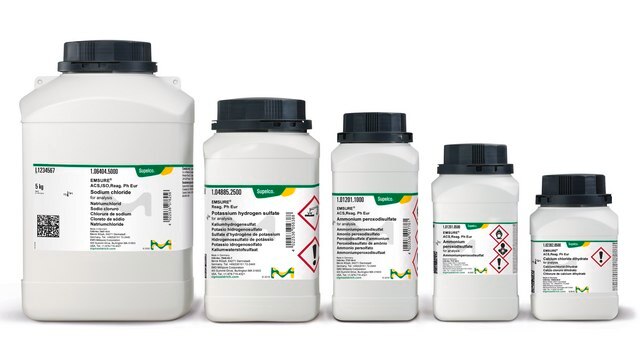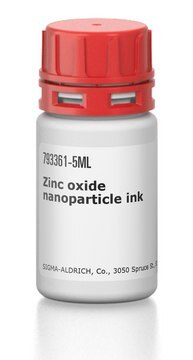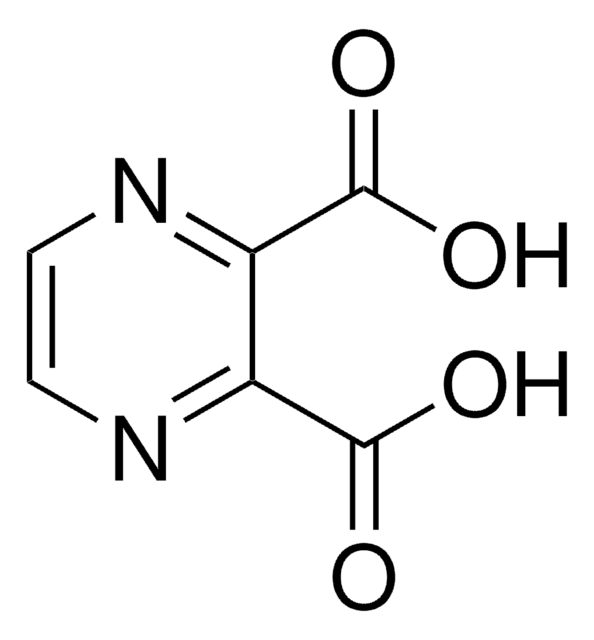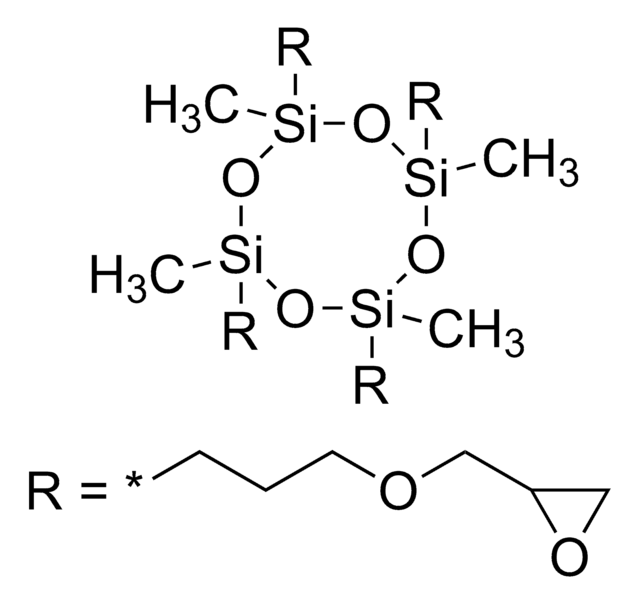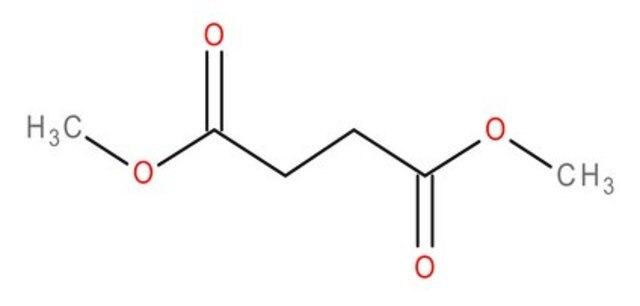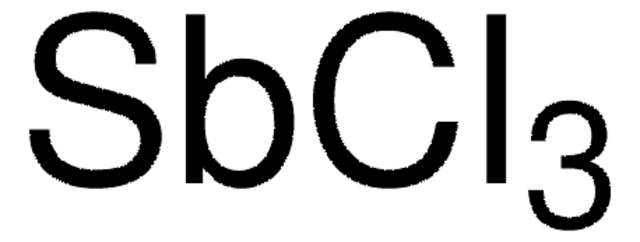637173
Antimony(III) oxide
nanopowder, <250 nm particle size (TEM), ≥99.9% trace metals basis
Synonym(s):
Diantimony trioxide
About This Item
Recommended Products
Quality Level
assay
≥99.9% trace metals basis
form
nanopowder
reaction suitability
reagent type: catalyst
core: antimony
surface area
15.6 m2/g , typical
particle size
<250 nm (TEM)
bp
1550 °C (lit.)
mp
655 °C (lit.)
bulk density
0.5‑0.6 g/mL
SMILES string
O=[Sb]O[Sb]=O
InChI
1S/3O.2Sb
InChI key
ADCOVFLJGNWWNZ-UHFFFAOYSA-N
Looking for similar products? Visit Product Comparison Guide
Related Categories
signalword
Warning
hcodes
Hazard Classifications
Carc. 2
Storage Class
11 - Combustible Solids
wgk_germany
WGK 1
flash_point_f
Not applicable
flash_point_c
Not applicable
ppe
Eyeshields, Gloves, type P3 (EN 143) respirator cartridges
Certificates of Analysis (COA)
Search for Certificates of Analysis (COA) by entering the products Lot/Batch Number. Lot and Batch Numbers can be found on a product’s label following the words ‘Lot’ or ‘Batch’.
Already Own This Product?
Find documentation for the products that you have recently purchased in the Document Library.
Customers Also Viewed
Our team of scientists has experience in all areas of research including Life Science, Material Science, Chemical Synthesis, Chromatography, Analytical and many others.
Contact Technical Service
